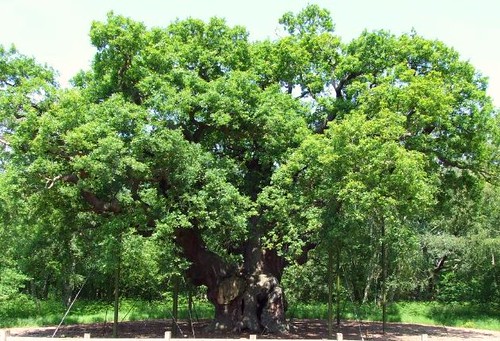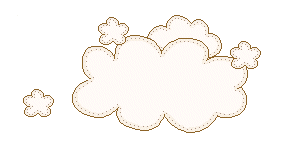Expression: Si tu veux, si l'on veut...
Alternatives: Si vous voulez, Si l'on veut
Meaning: if you will
Literal translation: if you want
register: informal (with
tu), normal (with
vous or
on)
Notes: The French expression
si tu veux can be used literally or figuratively. Literally, of course, it just means "if you want":
Tu peux venir avec nous si tu veux - "You can come with us if you want." The more interesting meanings occur when this expression is used more figuratively:
1. As a filler to indicate that you're aware of your listeners' presence, to include them in what you're saying or how you reasoned something out:
Commençons aujourd'hui, si vous voulez, avec une présentation sur le surréalisme.
Today, let's begin / how about if we begin with a presentation on surrealism. C'est un conflit d'intérêts, si tu veux, et nous ne pouvons pas travailler ensemble.
It's a conflict of interest, and (so) we can't work together.2. As a way of hedging while providing detail or clarification:
Si tu veux, son problème majeur est qu'il n'a jamais compris les règles.
His biggest problem, if you will, is that he never understood the rules. Cette peinture décrit, si l'on veut, les tempêtes de l'artiste.
This painting describes, if you will, the artist's inner turmoil. C'était une décision inhabituelle ou, si vous voulez, illogique.
It was an unusual or even illogical decision.Variations: Si tu le veux, Si vous le voulez, Si tu le veux bien, Si vous le voulez bien








